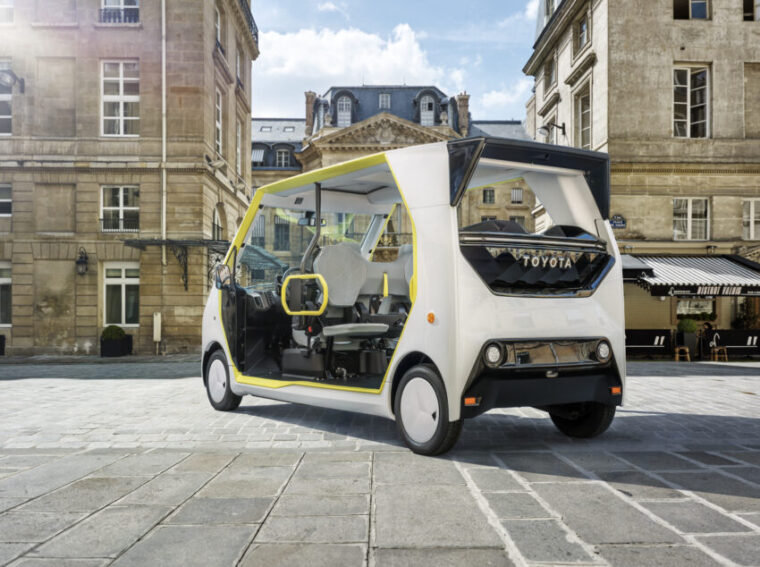How Toyota is electrifying the 2024 Paris Paralympic Games
Car maker’s e-mobility solutions are being put into action supporting athletes, staff and spectators at Paris 2024.
The Paralympic Games have just got underway in Paris, bringing the elite in the world of para sports together for two weeks of thrilling competition.
While everyone’s focus is on the action in the various arenas and stadiums around the French capital, there is an enormous amount of work going on behind the scenes to make sure everything runs smoothly.
Along with all the organisation and management of 549 events, there’s the small matter of transporting 4,400 athletes around Paris, plus many times that many event staff, volunteers and spectators. And doing so in a less environmentally impactful way. The Olympic committee wants Paris 2024 to produce half the CO2 emissions of the London or Rio Games.
Central to that effort is Toyota, which has provided more than 1,000 zero-emissions vehicles to support athletes, staff, volunteers and spectators during the Olympics and Paralympics.
While the Japanese manufacturer only has one all-electric passenger car on sale, it has developed a fleet of other e-mobility vehicles and tools to help athletes and event staff get around the Games.
Yoshihiro Nakata, president and CEO Toyota Motor Europe commented: “When everyone is free to move, we are one step closer to the inclusive and sustainable society that Toyota is committed to building.
“That is what ‘Mobility for All’ means to us at Toyota. We share this vision with the IOC and the IPC. We want to support the athletes who devote their lives to sports and remove barriers to exercise their freedom to move.”
On an individual level, the firm has provided around 250 personal battery electric vehicles for Paralympic athletes, organisers and volunteers – seated C+walkS and standing C+walkT. Both have a maximum speed of 3.7mph and are equipped with front obstacle detection systems. The seated version is available to Paralympic athletes, organisers and volunteers, while the standing version is for staff and volunteers to move around the venues.
For wheelchair users, Toyota is providing a total of 200 wheelchair pullers, which were used by athletes during the Paralympic opening ceremony and will be available to athletes and staff in the Paralympic Village throughout the games. These have been developed in partnership with Austrian mobility firm Klaxon and can be connected to a regular wheelchair to provide electric propulsion up to 5mph, with an average range of around 15.5 miles.
On a larger scale, Toyota has redesigned and redeveloped the Accessible People Movers (APMs) which debuted at the 2020 Tokyo Games. Built in Portugal, around 250 of the APMs have been deployed to act as electric last-mile transport for athletes, organisers, volunteers and spectators around the Paralympic Village and event venues. The innovation buggies feature seating for up to six people and include wheelchair accessibility via a built-in ramp and open passenger space.
Some of the APMs are also being used to transport light goods around Games sites and act as emergency relief vehicles.
Outside the Village and immediate event areas, Toyota is also using 150 wheelchair-accessible Proace Verso people carriers. These all-electric models are being employed to help Olympic and Paralympic family members in wheelchairs get around the city. After Paris 2024, all the vehicles will remain in the Paris region where they will be used to provide specialised personal transport services to people in wheelchairs.
Alongside the range of battery electric vehicles serving staff and athletes in and around the Olympic village and event venues, Toyota is providing wider zero-emissions transport around Paris. For the Olympics and Paralympics, the manufacturer sent 500 new Mirai hydrogen fuel cell cars to serve as transport for officials, staff and guests. These fuel saloons are fuelled with hydrogen from renewable sources and, after the Paralympic Games, will join Paris’s existing fleet of 1,000 Mirai taxis.
